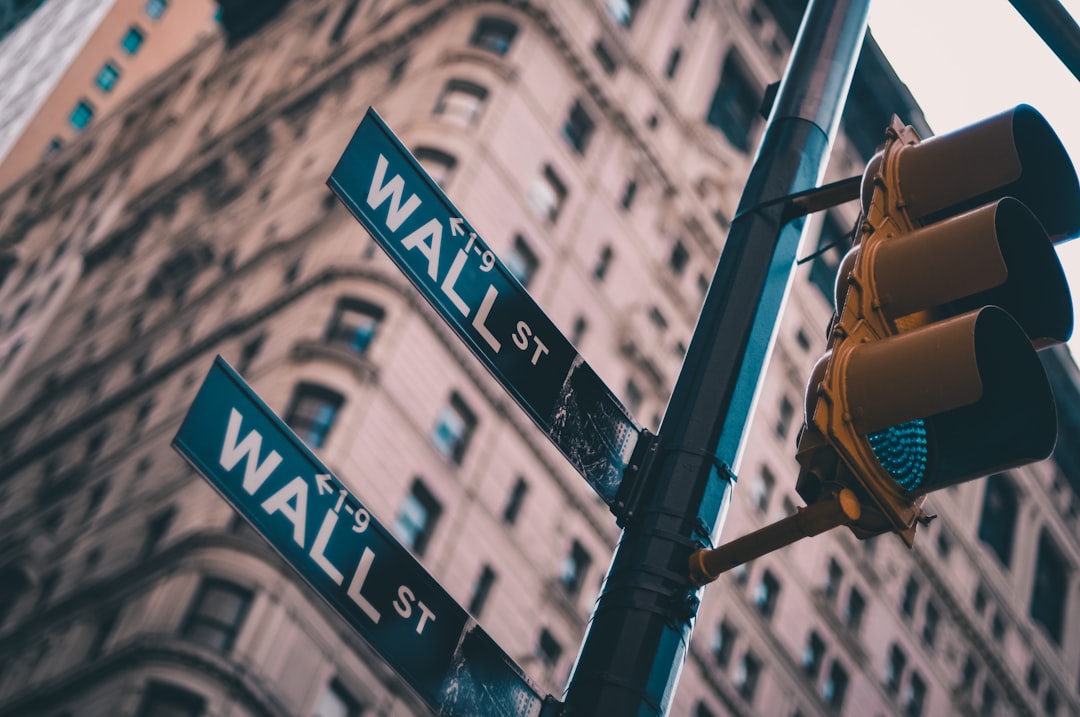Lehman: 15 years later
September 15, 2008 was a dark day on Wall Street and for the nation's economy. Big banks may be healthier now but many of them still pose risks because of how gigantic they are.
I can’t believe it’s been a decade and a half since the collapse of Lehman Brothers.
I was on the weekend shift at CNNMoney (now CNN Business) ahead of Lehman’s bankruptcy. It was a wild day. I think I worked from 9am until about 1am. I was on TV multiple times to explain what was going on. And I wrote a column that ran the next day on the site about how insurer AIG, then a Dow component, should be removed from the venerable average because of growing concerns about its many financial problems. (If I never have to write about credit default swaps again it will be too soon.)
I actually didn’t work on Monday September 15 because I had jury duty in Brooklyn. I was selected and during voir dire, the judge asked if anyone couldn’t serve on a federal trial expected to last a month. I raised my hand and my response was something like this: “Your honor. I work for CNNMoney. I’m not sure if you’ve seen the news today. But the stock market is crashing and there is a full-blown financial panic and banking crisis. The thought of being stuck in a courtroom for the next few weeks and missing out on what is the biggest story of my lifetime fills me with considerable angst.”
I definitely used the term “considerable angst.” It worked. I was excused and back in the office the next day. And I wasn’t pulling a fast one to try and get out of my civic obligation. I seriously did not want to miss covering the aftermath of Lehman/WaMu/Merrill Lynch/Wachovia/TARP, etc.
Anyway, let’s flash forward to September 2023. The good news is that big banks are arguably in much better financial shape now than 2008 thanks to stricter regulations (thanks Dodd-Frank!) and more sane lending practices/underwriting standards. Getting a mortgage these days is much more of a rigorous process than it was back in the Wild West subprime days. (Pour one out for Countrywide.)
But here’s the problem. Even though banks may be healthier, the worry about them being too big to fail hasn’t gone away. Not one bit.
Take a look at the size of the top banks now compared to the third quarter of 2008. Industry leader JPMorgan Chase has about $3.4 trillion in total assets, with $2.6 trillion of that in the US. A decade and a half ago, JPMorgan Chase was still the biggest bank in the US. But it had only about $1.8 trillion in assets…$1.2 trillion of that domestic. JPMorgan Chase wound up buying WaMu during the panic. It scooped up Bear Stearns earlier in 2008. And Jamie Dimon’s bank continues to acquire weaker foes. JPMorgan Chase bought failed lender First Republic earlier this year during the regional banking meltdown.
The same trend is true when you scroll down the rest of the list. Bank of America is nearly twice as big as it was at the end of September 2008. Citibank has more than $500 billion more in assets than 15 years ago. Scandal-ridden Wells Fargo, which bought failed bank Wachovia in 2008, has ballooned from having a little more than a half trillion dollars in assets to its current asset size of almost $1.7 trillion.
You get the picture. Stricter rules and regulations have not impeded their ability to get bigger. In fact, banks got a break a few years ago during the Trump administration when some of the Dodd-Frank laws were repealed. Paging Elizabeth Warren! Yes, the Massachusetts senator and long-time critic of top banks may sometimes go too far with her populist attacks on Wall Street. And I’m not suggesting that large banks remain stagnant and don’t grow at all. But Warren is correct to assert that more, not less, regulation is still needed to make sure the financial titans don’t wind up repeating the mistakes of 2008. They’re now too bigger to fail.



